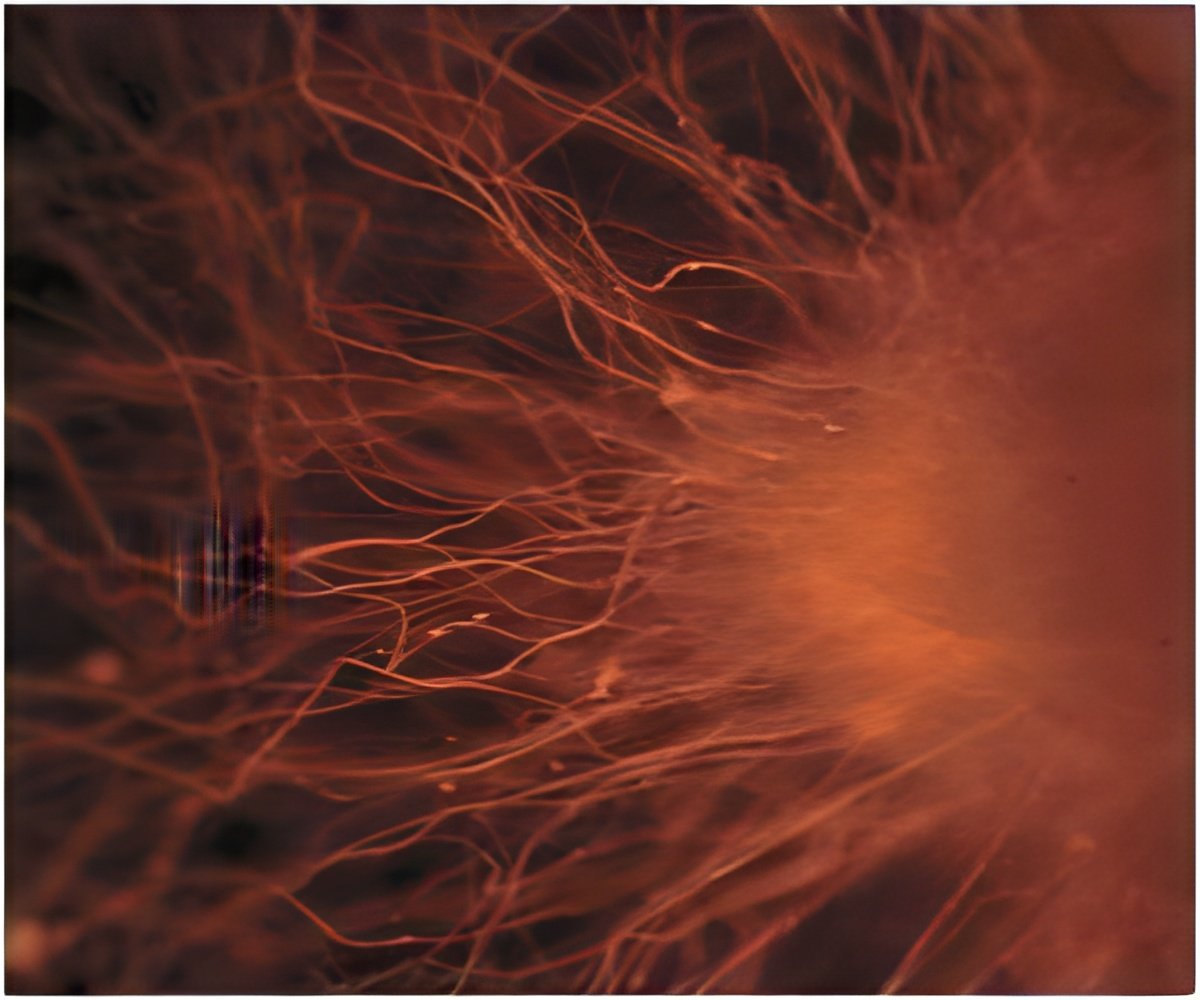
‘Numerous human diseases are linked to abnormal protein function that are undruggable. New drug discovery method called DNA-encoded chemical library (DEL) has been developed that targets membrane proteins.’
Read More..Tweet it Now
As membrane proteins play important roles in biology, many of them are high-value targets that are being actively pursued in the pharmaceutical industry. The method provides an efficient way to discover novel ligands and inhibitors against membrane proteins, which is difficult to find by the traditional methods.Read More..
The Background Of Study
The membrane proteins on the cell surface perform variety of biological functions that are important for the survival of cells and organisms. Numerous human diseases are associated with abnormal function of membrane protein functions. 60 percent of all FDA-approved small-molecule drugs target membrane proteins. The largest class of cell-surface receptors, G-protein coupled receptor (GPCR) is the target of approximately 34 percent of all the clinical trials.
However, drug discovery against membrane proteins is challenging due to the special property of the cell membrane and the membrane proteins are difficult to study in an isolated form as they lose essential cellular feature and may be deactivated.
The pharmaceutical industry considered membrane proteins undruggable.
Advertisement
Key Findings
Advertisement
The team demonstrated the performance of this method by screening a 30.42-million-compound library against folate receptor (FR), carbonic anhydrase 12 (CA-12), and epidermal growth factor receptor (EGFR) on live cells, all are important targets in anti-cancer drug discovery.
His approach can be applied to many membrane proteins for example in classical drug targets, like GPCRs and ion channels, may be studied again in a live cell setting to identify new drug discovery opportunities by harnessing the power of DEL.
Dr Xiaoyu Li said, "We expect to the utility of this method is not limited to drug discovery, but also in academic research to explore challenging biological systems, such as oligomeric membrane protein complexes and cell-cell communications.”
Co-corresponding author Professor Yizhou Li said, "This method has the potential to facilitate drug discovery for membrane proteins with the power of large and complex chemical diversity from DNA-encoded chemical libraries. This technology is an effective tool for characterising ligand-target interaction; it will cast new light on the development of high throughput screening methods, and thus facilitate the fishing of ligands targeting membrane proteins."
Source-Medindia













